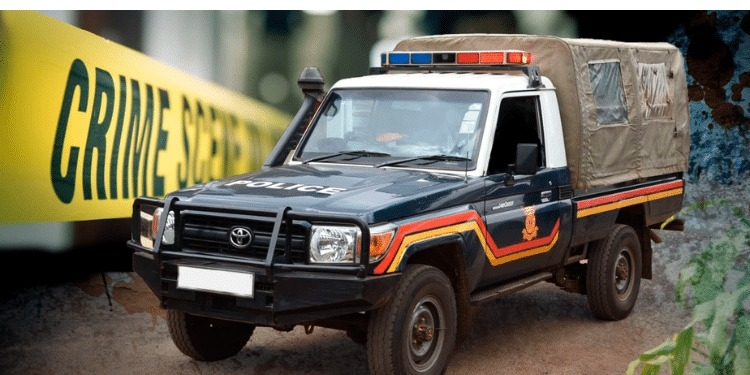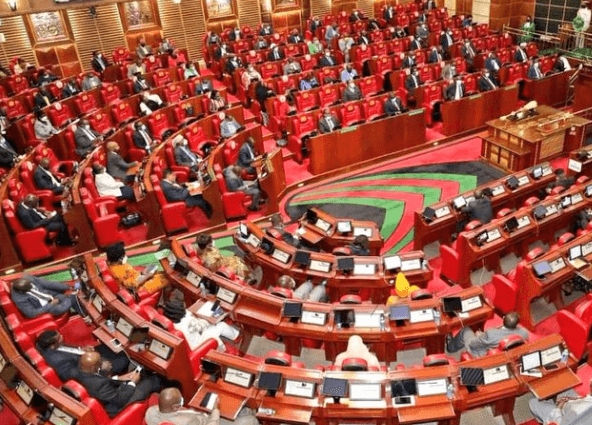

Communities living near national parks, reserves and wildlife sanctuaries are set to benefit from a major policy shift under the Kenya Wildlife Service’s (KWS) proposed conservation fee review.
The new Wildlife Conservation and Management (Access and Conservation Fees) Regulations, 2025, aim to overhaul outdated park entry rates and redirect more resources toward conservation and local development.
It is the first comprehensive review since 2007.
“This is not merely a price adjustment. It’s a strategic investment in the survival of Kenya’s biodiversity and the prosperity of communities who live alongside wildlife,” KWS Director General Erustus Kanga said.
Why a review now?
The review comes at a time when the cost of protecting Kenya’s wildlife has soared.
KWS cites increasing pressure from security operations, habitat management demands and climate-related threats.
Meanwhile, public funding for conservation continues to shrink, with Treasury allocations falling short of needs.
“The demands of modern conservation have far outstripped available resources,” Kanga said.
According to KWS, the current rates have not kept pace with rising costs, creating an estimated Sh12 billion annual funding gap.
Global standards recommend periodic fee reviews to ensure financial sustainability, a goal aligned with the KWS Strategic Plan 2024–2028.
What’s in the proposal?
The proposed structure introduces a 30–70 percent fee increase, depending on park category and visitor type. It aims to balance value and affordability.
Kenyan citizens and East African residents will continue to pay lower fees, while a new ‘Rest of Africa’ category targets regional tourists.
The regulations also propose free entry for senior citizens aged 70 and above, and persons with disabilities.
Annual passes and discounted conference packages are being introduced, as well as changes to the children’s rate—adjusting the age bracket from 3–17 to 5–17 years.
To enhance visitor experience, KWS will offer expanded activities including walking safaris, hot air balloon rides, canoeing, helicopter excursions, ranger lectures and water sports.
Focus on communities
A major highlight of the proposal is its emphasis on community benefit.
The revised regulations include a revenue-sharing framework to fund schools, health clinics and water projects in wildlife-adjacent areas
Livelihood support initiatives such as eco-tourism training, beekeeping, and other nature-based enterprises are also part of the plan.
To address persistent human-wildlife conflict, KWS will invest in early warning systems, predator-proof bomas, electric fencing, and a faster, fairer compensation process for damages.
“Our goal is to make conservation work for both people and nature,” Kanga said. “This review lays a foundation for sustainability—socially, economically, and ecologically.”
Public participation: Giving Kenyans a voice
To ensure inclusivity and transparency, the Ministry of Tourism and Wildlife has launched 20 public forums between July 29, and August 8, 2025 across the country.
These in-person sessions are open to citizens, conservation groups, tour operators, community leaders and county governments.
Among the locations to host forums are Tom Mboya University in Homa Bay, Hola Primary School in Tana River, Marsabit National Park Museum, Uasin Gishu County Hall in Eldoret, Nanyuki CDF Hall in Laikipia, and the Kenyatta International Convention Centre (KICC) in Nairobi.
The full schedule is available at www.kws.go.ke.
Kenyans can also participate online or submit written feedback. Copies of the proposed regulations are available for free at all KWS-managed parks and online at www.kws.go.ke and www.tourism.go.ke.
Written comments can be emailed to [email protected] or posted to: The Director General, Kenya Wildlife Service, PO Box 40241 – 00100, Nairobi, Kenya
Feedback from the forums and submissions will inform the final version of the regulations to be presented to Parliament later this year.
If passed, the new structure is expected to take effect in early 2026.


















